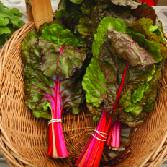-
CATEGORY ::
- All Seeds /
- All Cover Crop Seed








Buckwheat Cover Crop Seed
1 OZ
.......................................................................................................................................................
4.99
1 LB
.......................................................................................................................................................
7.99
5 LB
.......................................................................................................................................................
14.99
10 LBS
.......................................................................................................................................................
24.99
20 LBS
.......................................................................................................................................................
44.99
50 LBS
.......................................................................................................................................................
99.99
About...
Buckwheat is a great cover crop which is often used for green manure. Buckwheat has a short growing season maturing in 10 - 12 weeks. It is often killed off by the first heavy frost.
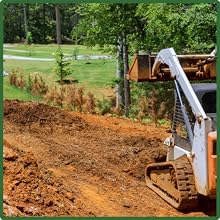
Summer Soil Improver
Ideal for use as a summer soil improver, buckwheat seeds cover crop act as a green manure, enhancing soil health. This versatile cover crop is suitable for almost any soil type. It helps build a robust soil foundation with essential nutrients. While it buckwheat is unlikely to be your main crop, it can be a worthwhile part of your overall farm plan.
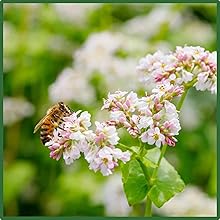
Attracts Pollinators
Attracting pollinators is a standout benefit of using buckwheat cover crop seeds. The flowers bloom quickly, providing a crucial food source for bees and other beneficial insects. By planting buckwheat seeds, along with other seeds for planting, you create a pollinator-friendly environment that enhances biodiversity and boosts crop yields on your farm.
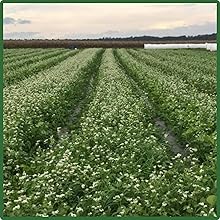
Quick Cover Crop
Known for its rapid growth, buckwheat serves as an excellent quick cover crop. Planting buckwheat seeds, along with hairy vetch cover crop seeds and miniclover seeds, ensures swift germination and maturity within 70-90 days. This fast-growing crop effectively covers bare soil, preventing erosion and suppressing unwante plants, making it ideal for any farm looking to improve soil health quickly.
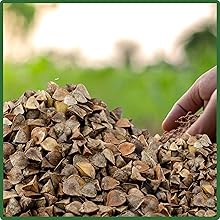
Nutritious Grain
Producing a nutritious grain, buckwheat seeds remain on the stalk after ripening, offering a prolonged food source. This dual-purpose crop enhances soil health while providing valuable grain. Incorporating buckwheat flour, buckwheat groats, and related products into your farming system can be highly beneficial.
MORE COVER CROP OPTIONS
Buckwheat
Purple top turnip seed
Bayou kale seeds
Sunn hemp seeds
Cowpeas seed
Crimson clover seeds - white
Fava bean seed
Spring field peas
...More
ABOUT
VIDEOS

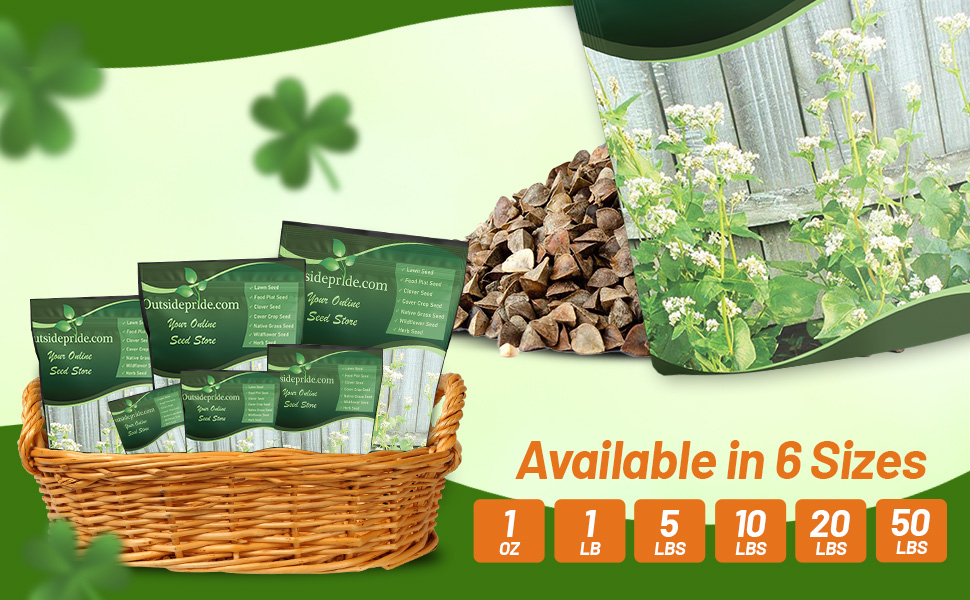
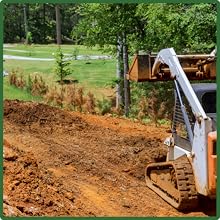
Summer Soil Improver
Ideal for use as a summer soil improver, buckwheat seeds cover crop act as a green manure, enhancing soil health. This versatile cover crop is suitable for almost any soil type. It helps build a robust soil foundation with essential nutrients. While it buckwheat is unlikely to be your main crop, it can be a worthwhile part of your overall farm plan.
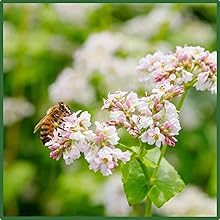
Attracts Pollinators
Attracting pollinators is a standout benefit of using buckwheat cover crop seeds. The flowers bloom quickly, providing a crucial food source for bees and other beneficial insects. By planting buckwheat seeds, along with other seeds for planting, you create a pollinator-friendly environment that enhances biodiversity and boosts crop yields on your farm.
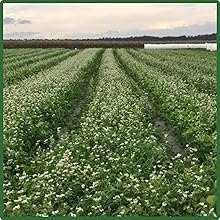
Quick Cover Crop
Known for its rapid growth, buckwheat serves as an excellent quick cover crop. Planting buckwheat seeds, along with hairy vetch cover crop seeds and miniclover seeds, ensures swift germination and maturity within 70-90 days. This fast-growing crop effectively covers bare soil, preventing erosion and suppressing unwante plants, making it ideal for any farm looking to improve soil health quickly.
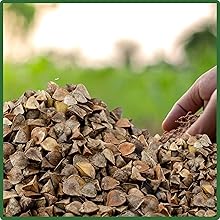
Nutritious Grain
Producing a nutritious grain, buckwheat seeds remain on the stalk after ripening, offering a prolonged food source. This dual-purpose crop enhances soil health while providing valuable grain. Incorporating buckwheat flour, buckwheat groats, and related products into your farming system can be highly beneficial.
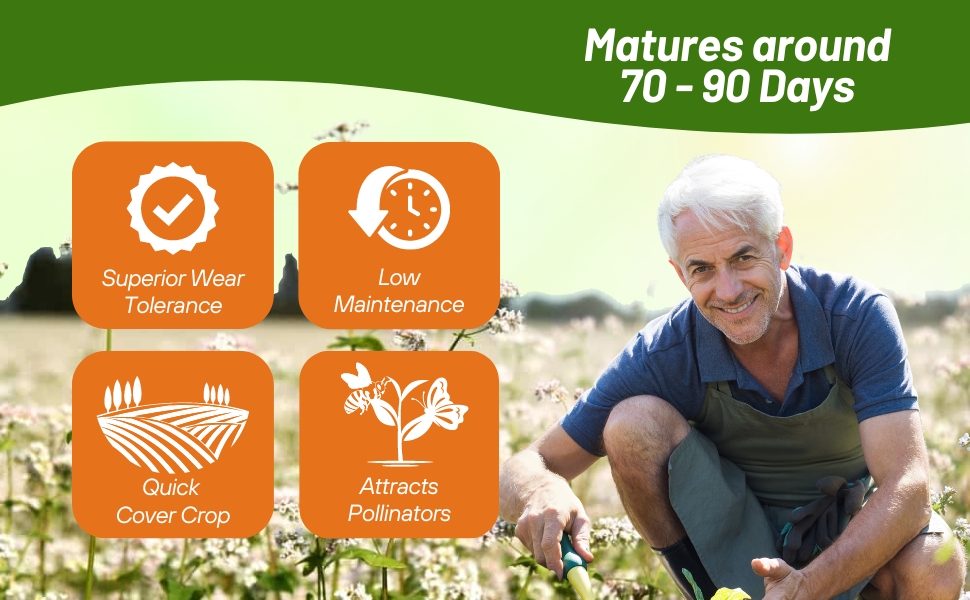
Buckwheat seeds cover crop matures in 70-90 days, making it a quick cover crop perfect for summer soil improvement. These buckwheat cover crop seeds offer superior wear tolerance and are low maintenance, making them ideal for any farm. Planting buckwheat seeds attracts pollinators, providing essential food sources for bees and beneficial insects. Suitable for various soil types, buckwheat seeds for planting should be sown after the danger of frost has passed.
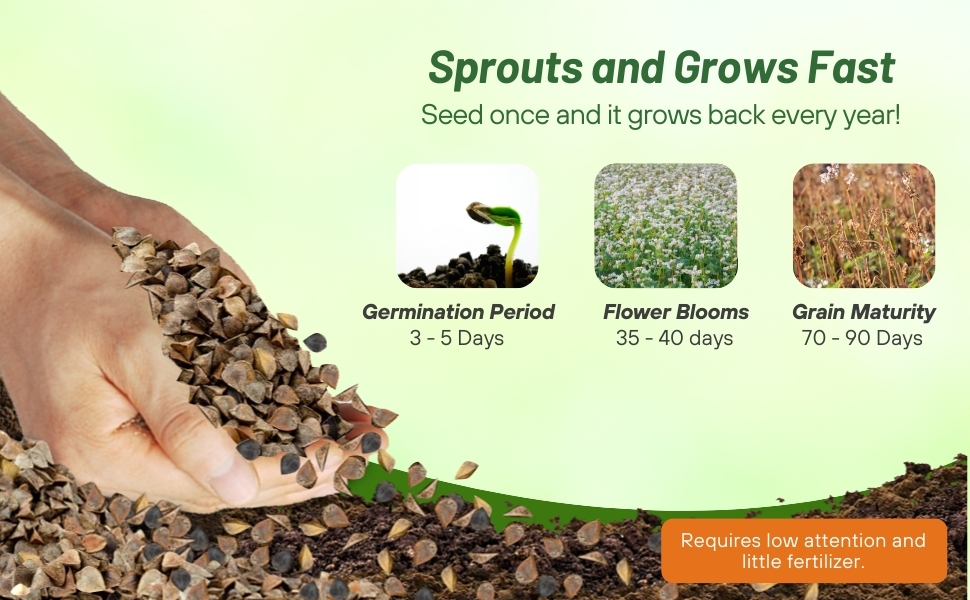
Buckwheat seeds cover crop sprouts and grows fast, with a germination period of just 3 to 5 days and flowers blooming in 35 to 40 days. This buckwheat seed option matures into nutritious grain in 70 to 90 days, making it ideal for quick cover crop needs. Buckwheat seeds for planting are low maintenance and require little fertilizer, perfect for various soil types. Plant in spring or summer after frost, at a depth of 1" or less. Complement your planting with clover seeds ground cover, hairy vetch cover crop seeds, or any cover crop seed mix for optimal results.
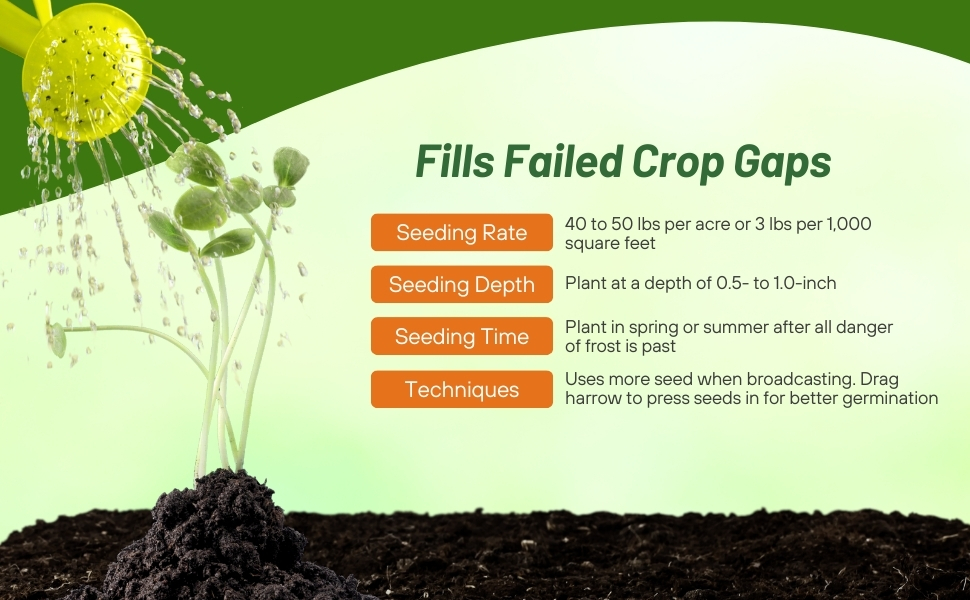
Outsidepride Buckwheat seeds cover crop is ideal for filling failed crop gaps with its rapid growth and short growing season. Planting buckwheat cover crop seeds at a seeding rate of 40 to 50 lbs per acre or 3 lbs per 1,000 square feet ensures optimal coverage. The seeds should be planted at a depth of 0.5 to 1.0 inch in spring or summer after all danger of frost is past. For better germination, use more seed when broadcasting and employ a drag harrow to press the seeds into the soil. Buckwheat seeds for planting require low maintenance and little fertilizer since they are great for various soil types.
Buckwheat (Fagopyrum esculentum) - Summer annual which can be used as a green manure crop. An early maturing wheat suitable for almost any type soil. Seeds remain on stalk after ripening, providing food over extended period of time. Buckwheat has a short growing season, maturing in 10 to 12 weeks. It is quickly killed by frost. It is a short-season cash crop with properties that can make it fit specific situations on your farm. While it is unlikely to be your main crop, it can be a worthwhile part of your overall farm plan.
Reasons to grow buckwheat:
- Fits into rotations at a time when fields might otherwise be idle.
- Can be grown as a catch crop where another crop failed.
- Inexpensive to grow because it requires no pesticides and little fertilizer.
- Can be grown with equipment available on most farms.
- Requires little attention during the growing season.
- Mellows the soil and suppresses some weeds.
- Easily raised Organically, at a premium price.
For more information from Cornell University: Buckwheat
















